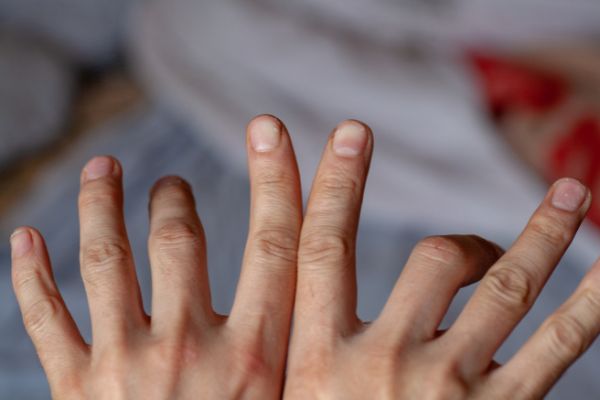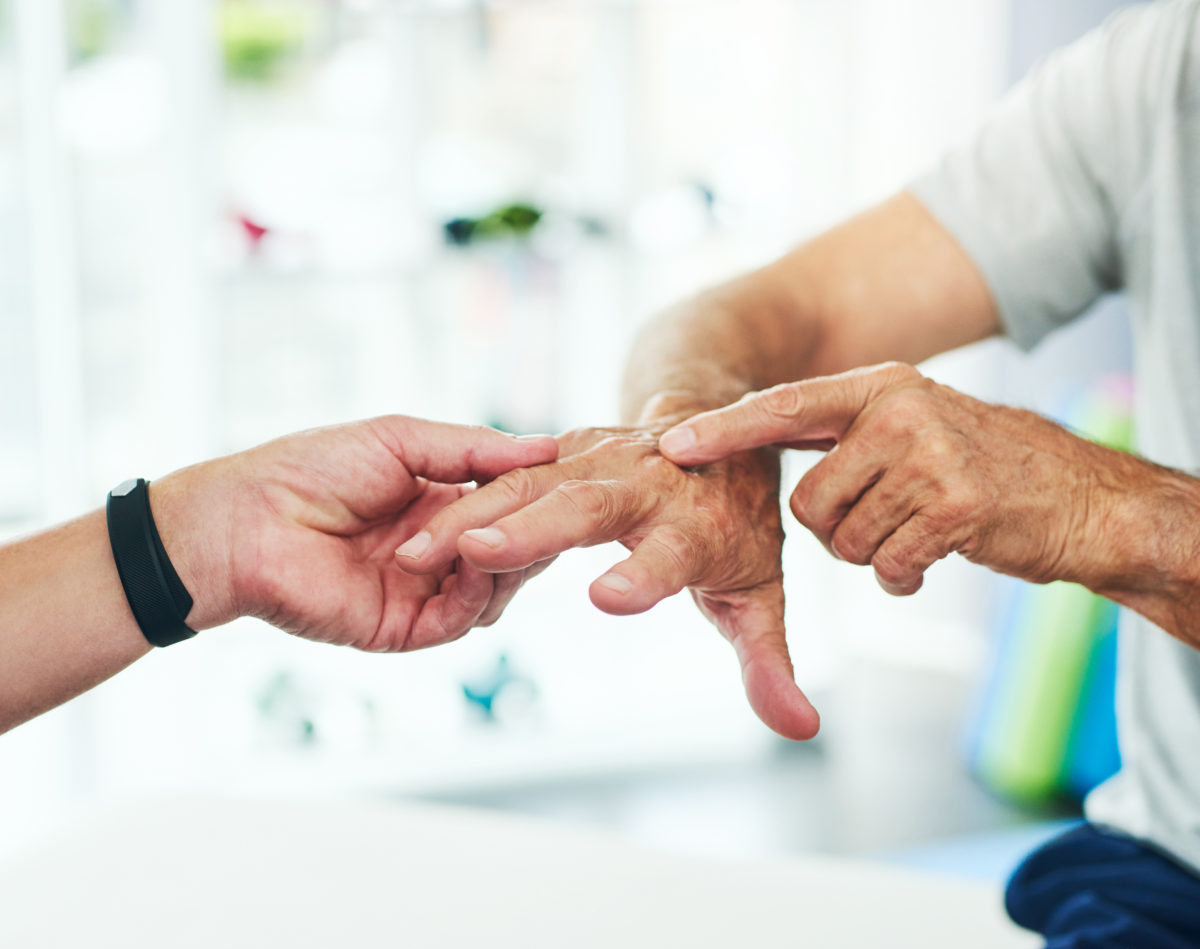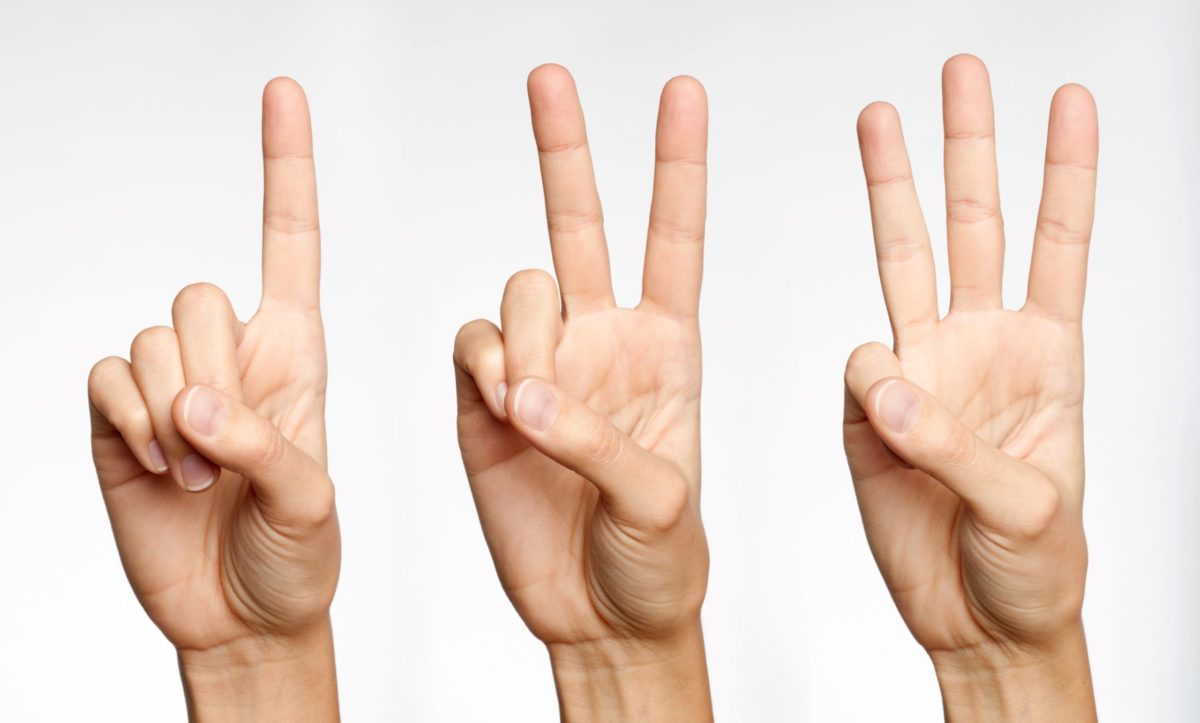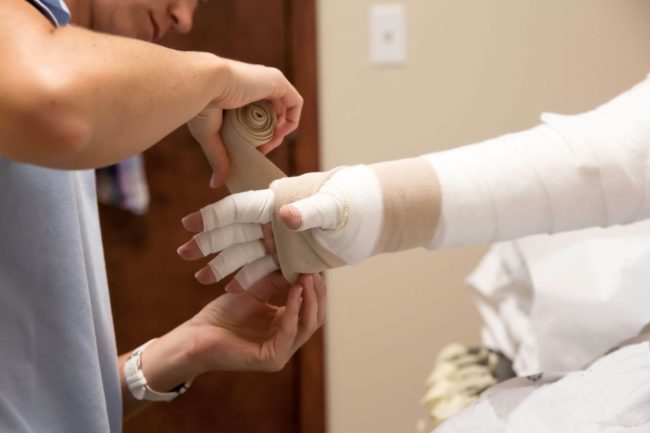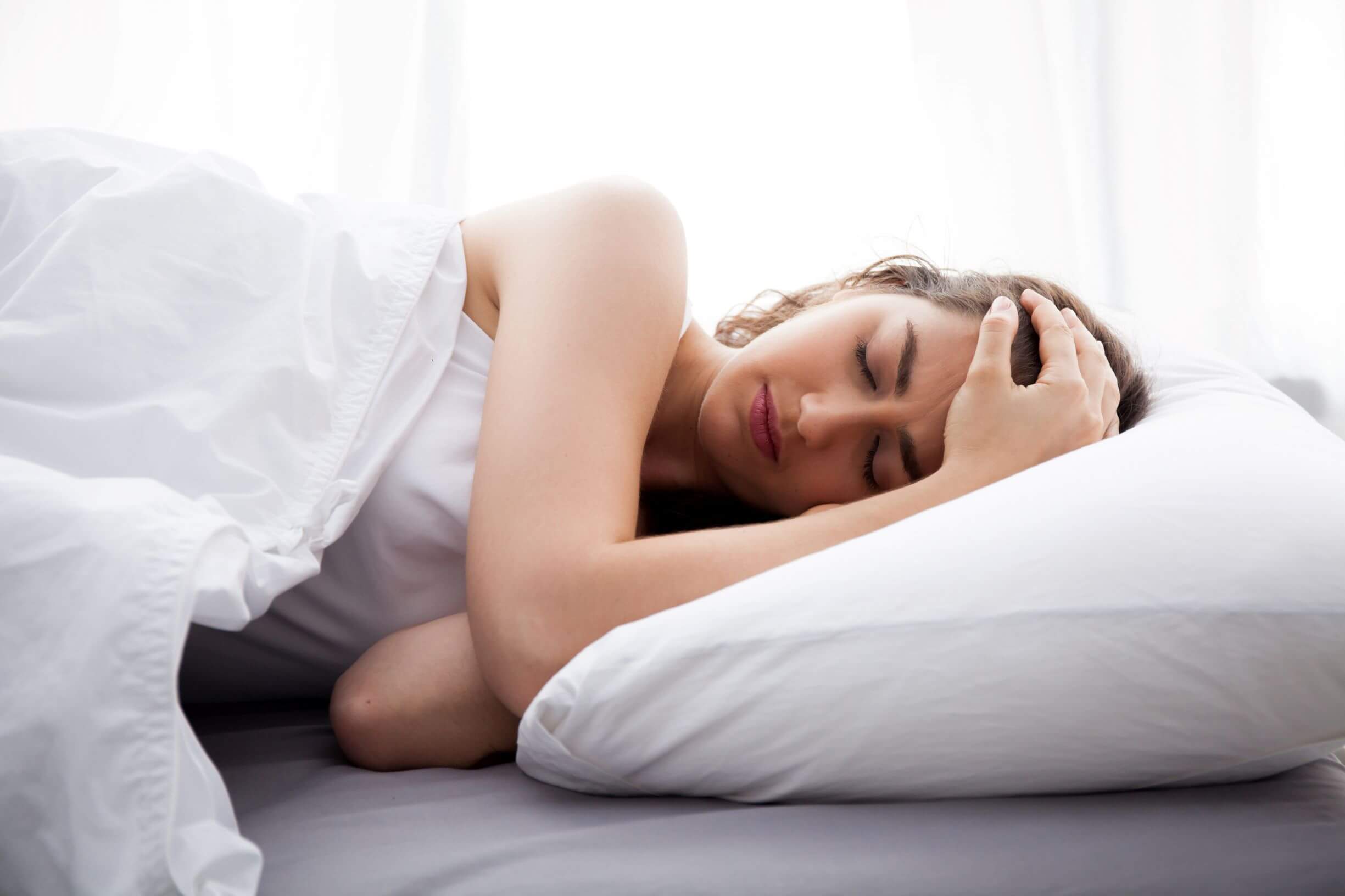If you’ve seen people with what looks like permanently bent fingers, such as the ones in this picture, they may have a condition called “trigger finger.” The name comes from the resemblance of the index finger holding a gun. In this blog, we’ll talk about what is trigger finger and how it can be treated.
Trigger finger (Stenosing Tenosynovitis) occurs when the fingers are either locked in place or when they “catch” in place as you bend them. Trigger finger is due to inflammation of the tendons on the finger and/or thumb.
As you may know, the job of the tendons is to connect the muscles and bones. Tendons allow for movement of the arms, hands, and fingers. Normally, they work smoothly due to their natural lubrication; however, if the tendon is swollen, it can cause the finger to catch and stick when it is bent.
Why Does Trigger Finger Occur?
A number of different variables can increase the risk of developing trigger finger including having rheumatoid arthritis, diabetes, and/or gout. Those who hold an object in the same position for a long period can also aggravate the tendons and increase their likelihood for developing this condition over time. Repetitive and forceful movements, such as playing electric guitar, can cause the condition to occur as well.
Trigger finger affects people in many industries and walks of life. Those who perform repetitive tasks with their fingers and thumbs are at the greatest risk. Women seem to suffer from the problem more than men, and it tends to happen most often in those who are between 40 and 60.

Understanding the Trigger Finger Symptoms
Those who may suffer from trigger finger will likely notice that the base of their finger (or thumb) is sore. Of course, this symptom alone does not mean that you are going to have the condition and that’s why it’s so important to receive a proper diagnosis from a doctor.
Here’s a list of trigger finger symptoms to look for:
- Finger stiffness, especially when first waking up in the morning
- Pain when bending or straightening the finger(s)
- Hearing a clicking or popping sound from the affected fingers
- Painful bumps at the base of your finger
- Fingers stuck in a bent position
Treatment for Trigger Finger
The first course of treatment recommended by most doctors is to rest the affected fingers, as this can help to relieve the inflammation on the tendon. In some cases, a hand specialist like Dr. Arora, might want to splint the finger, as this will keep you from inadvertently moving the joint. Many times, with rest, this can remove the problem. If the problem persists, though, the doctor might prescribe medicine to help keep the inflammation down or a steroid injection. In some severe cases, the doctor may recommend hand surgery.
The recovery time for trigger finger will vary based on the type of treatment and the severity of the case. Those who take anti-inflammatory drugs and rest the finger can resolve the issue in a few weeks. Splinting could take several weeks as well. Those who have surgery will likely have a longer recovery period, as they have to consider the recovery time of the incision. Even though an incision for this type of surgery is typically small, it can still be tender for some time after the surgery.
If you believe you are suffering from trigger finger, and you have found that resting doesn’t help, it may be time to get in touch with top MI hand surgeon Dr. Avery Arora. You can schedule an appointment at one of his four offices in West Bloomfield, Warren, Macomb, or Howell, Michigan.

